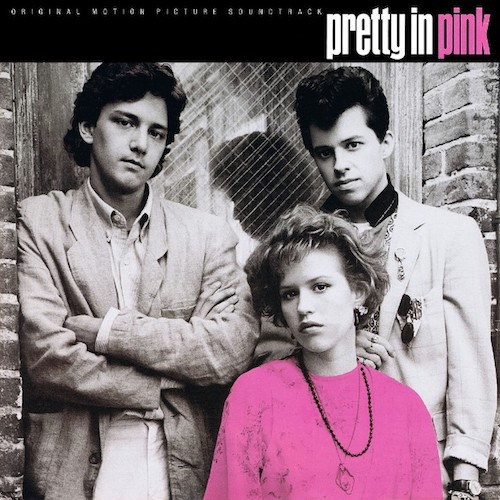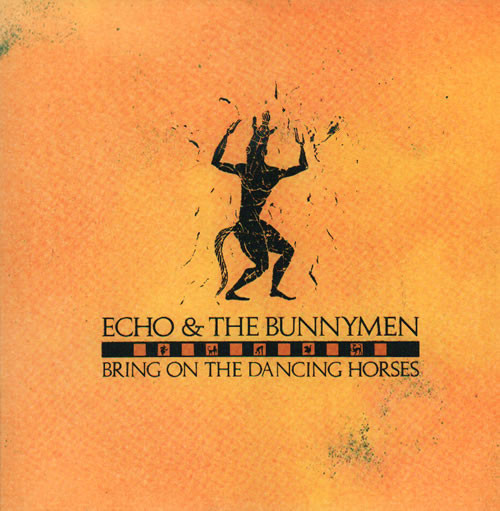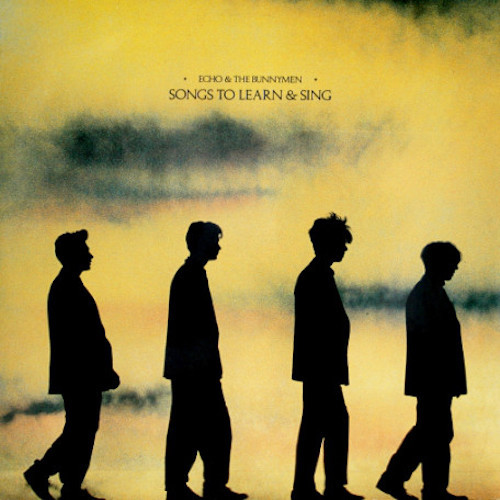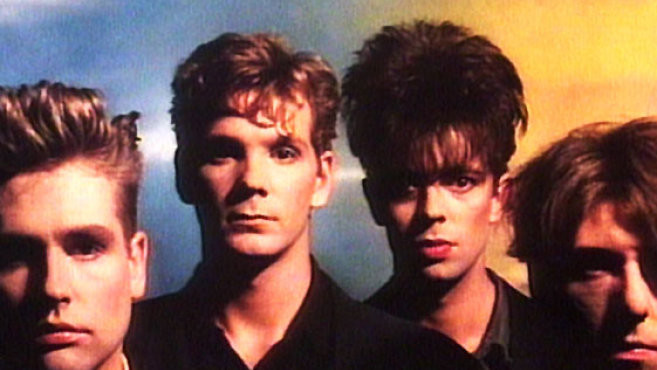Thirty-three years ago, on February 28, 2019, the iconic 80s film Pretty in Pink officially graced theaters, accompanied by a soundtrack that has resonated through generations. Inspired by the Psychedelic Furs’ 1981 track of the same name (re-recorded for the movie), Pretty in Pink, penned by John Hughes and directed by Howard Deutch, became a cult classic, and its soundtrack played a pivotal role in shaping the musical landscape of the 80s.
 Pretty in Pink movie poster featuring Molly Ringwald and the iconic 80s film title.
Pretty in Pink movie poster featuring Molly Ringwald and the iconic 80s film title.
Initially, director Howard Deutch envisioned a traditional film score. However, John Hughes, known for his influential music choices in films, persuaded him to embrace the vibrant sounds of New Wave and Post-Punk, featuring both established and emerging artists. This decision proved transformative, especially for listeners like myself, growing up in a small town with limited exposure to modern rock genres. The Pretty in Pink soundtrack served as a gateway to artists such as New Order, The Psychedelic Furs, The Smiths, Suzanne Vega, and, crucially, Echo & The Bunnymen.
 Pretty in Pink soundtrack album cover showcasing the diverse New Wave and Post-Punk tracks.
Pretty in Pink soundtrack album cover showcasing the diverse New Wave and Post-Punk tracks.
Two songs on the soundtrack were specifically created for Pretty in Pink: Orchestral Manoeuvres In The Dark’s hit “If You Leave,” and our focus here, “Bring On The Dancing Horses” by Echo & The Bunnymen. This track not only enhanced the film’s atmosphere but also became a signature song for the band, perfectly encapsulating their enigmatic and artistic style.
 Echo & The Bunnymen's 'Bring On The Dancing Horses' single artwork, released in 1985.
Echo & The Bunnymen's 'Bring On The Dancing Horses' single artwork, released in 1985.
Echo & The Bunnymen: From Liverpool to the Pretty in Pink Soundtrack
Formed in Liverpool, England in 1978, Echo & The Bunnymen quickly established themselves within the Post-Punk and New Wave scene. By the time Pretty in Pink was released, the quartet—Ian McCulloch (vocals), Will Sergeant (guitar), Les Pattinson (bass), and Pete de Freitas (drums)—already boasted an impressive discography of four studio albums and three EPs. Between 1982 and 1984, they achieved remarkable success on the UK singles chart, landing six consecutive Top 40 hits. Among these were the Top 10 anthems “The Cutter” (No. 8, 1983) and the timelessly beautiful “The Killing Moon” (No. 9, 1984), cementing their status as a leading force in British music.
 Echo & The Bunnymen performing 'The Killing Moon' live, a hit song preceding 'Bring On The Dancing Horses'.
Echo & The Bunnymen performing 'The Killing Moon' live, a hit song preceding 'Bring On The Dancing Horses'.
“Bring On The Dancing Horses”: A Song of Statues and Self-Reflection
In 1985, as Echo & The Bunnymen prepared to release their first compilation album, Songs to Learn & Sing, John Hughes reportedly encouraged them to record a new track for both the compilation and Pretty in Pink. This collaboration resulted in “Bring On The Dancing Horses.”
According to a 2018 interview with Songfacts, lead singer Ian McCulloch offered insights into the song’s lyrical meaning. He explained that the “dancing horses, headless and alone,” are in fact statues. McCulloch elaborated, “It’s about the way people would sooner look at statues than themselves. We revere things that tell us about ourselves. It’s that thing of how we think art is very important. A life without art, who knows what that would be like? We think the Mona Lisa is this thing that’s valuable, when something else isn’t.” This interpretation adds a layer of depth to the song, suggesting a commentary on societal values and self-perception, wrapped in the band’s signature poetic and slightly melancholic style.
 Echo & The Bunnymen's compilation album 'Songs to Learn & Sing,' which included 'Bring On The Dancing Horses'.
Echo & The Bunnymen's compilation album 'Songs to Learn & Sing,' which included 'Bring On The Dancing Horses'.
Released in November 1985, ahead of Pretty in Pink, “Bring On The Dancing Horses” achieved moderate chart success, reaching No. 21 in the UK (their seventh consecutive Top 40 hit out of ten) and breaking into the Top 20 in Belgium and Ireland. However, its true impact transcends chart positions.
The Lasting Legacy of “Bring On The Dancing Horses”
For many, including myself, the significance of “Bring On The Dancing Horses” lies in its inclusion on the Pretty in Pink soundtrack. It served as an entry point into the captivating world of Echo & The Bunnymen. The song’s unique sound, blending McCulloch’s distinctive vocals with the band’s atmospheric instrumentation, sparked an immediate interest to explore their wider discography, turning many into lifelong fans.
 Scene from the 'Bring On The Dancing Horses' music video by Echo & The Bunnymen, highlighting the song's visual interpretation.
Scene from the 'Bring On The Dancing Horses' music video by Echo & The Bunnymen, highlighting the song's visual interpretation.
The Pretty in Pink soundtrack, rightfully acclaimed as one of the greatest soundtrack albums ever, played a crucial role in introducing a generation to groundbreaking artists like Echo & The Bunnymen. “Bring On The Dancing Horses” stands out as a testament to the film’s musical curation and the enduring appeal of Echo & The Bunnymen’s artistry.
 Echo & The Bunnymen band photo from 1985, featuring Ian McCulloch, Will Sergeant, Les Pattinson, and Pete de Freitas.
Echo & The Bunnymen band photo from 1985, featuring Ian McCulloch, Will Sergeant, Les Pattinson, and Pete de Freitas.
Thank you, John Hughes, for your visionary soundtrack choices, and Happy Anniversary, Pretty in Pink! The film and its music continue to inspire and resonate, ensuring that the dancing horses will roam on in our collective memory.
“Bring on the dancing horses / Wherever they may roam…”
Watch the music video for “Bring On The Dancing Horses” here

